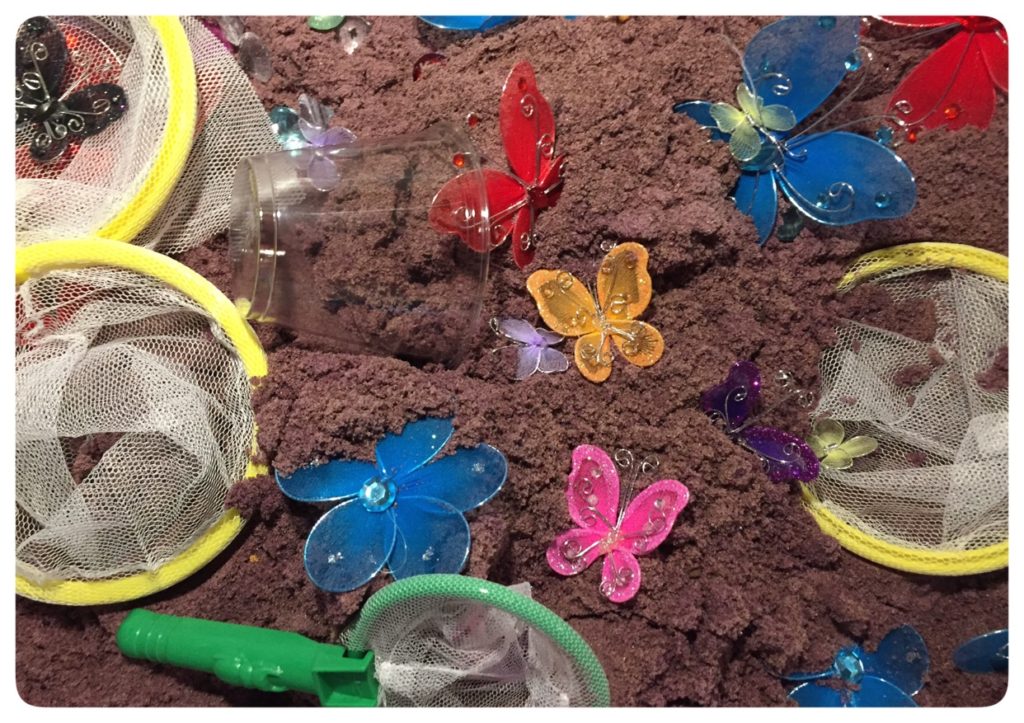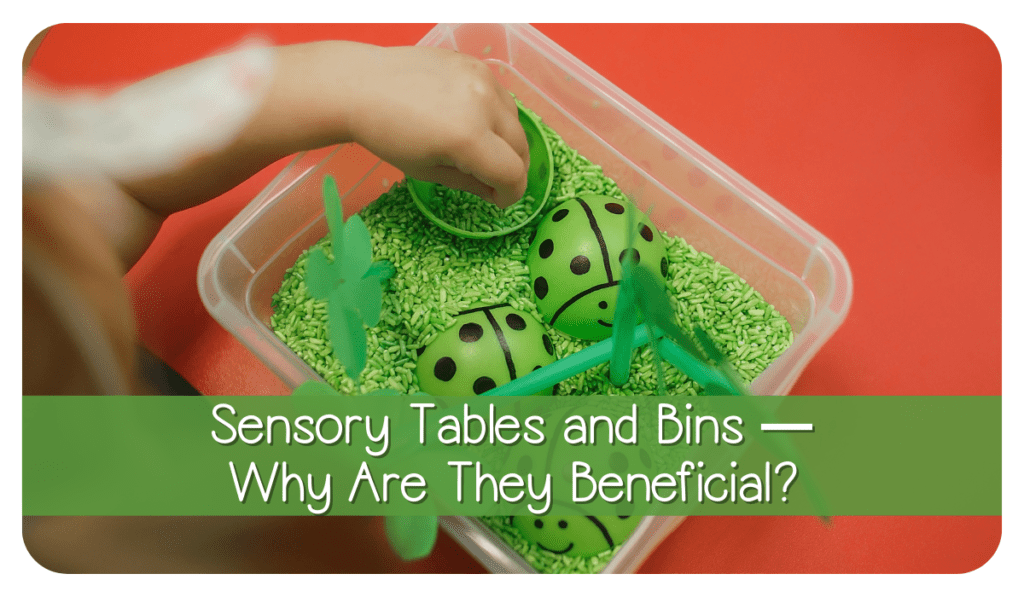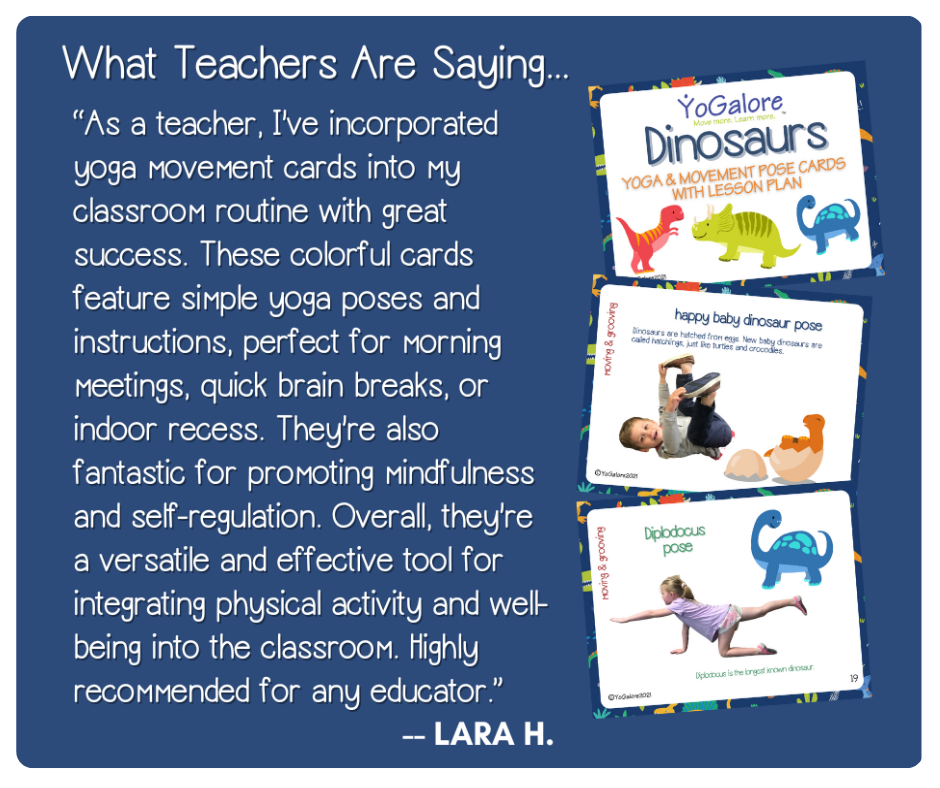If you’re a preschool teacher, chances are you know all about sensory tables. If you don’t know much about them or would like to know the benefits of a sensory table, read on. You don’t have to be a teacher to have a sensory table. As we learned, you can use just about anything to make a sensory bin at home. We asked our experts, Stefani Doyle, a pediatric occupational therapist and Christy Swanigan who is a developmental interventionist/lead teacher for a two-year-old preschool classroom. Both work at the Child Development Centers of the Bluegrass in Lexington, KY.

What exactly is a sensory table?
A “sensory table” can really be any type of container filled with some type of tactile medium.
What ages benefit from a sensory table in the classroom/at home?
Developmentally appropriate practice would probably recommend sensory tables in a classroom setting for children up to age five (or preschool level).
Why use a sensory table?
Children learn through their senses. Sensory tables improve children’s sense of touch which helps them perceive their environment accurately. Exposure to a variety of textures improves children’s development of fine motor skills. This is important for manipulating toys, completing necessary self-help tasks such as dressing, using utensils (i.e. spoons, crayons etc.), and of course builds a foundation for future classroom expectations of handwriting. Sensory tables also facilitate development in other areas such as understanding concepts like, “big/little”, “in/out”, “on/off”, and is a great activity to develop social interaction among peers.
What are some ideas for parents and teachers to use in their sensory table?
Beans, rice, dirt, leaves, nuts, sand, water, grass, dry pasta noodles, glass beads, water beads etc. It’s also fun to add manipulatives such as small scooping tools, buckets, rocks, plastic bugs, fish and other “creatures” (found at many “dollar stores”). Be creative! The options are endless.

Do you personally have any recommendations for sensory bin? (i.e. cost, size, features)
There are many therapeutic and/or educational catalogs that sell nice sensory tables with drains (if using water). They can cost several hundred dollars. To be honest, almost any container will do. You can even use shallow Rubbermaid containers, boxes etc.
How often should you switch materials in the table?
This really depends on the child. In a classroom setting it would be good to change the materials about every two weeks; however, at home, its important to read your child to determine when he or she is bored with the activity. When it begins to lose his or her interest, change it. This could be every week, every two to three days or every two weeks depending on the child and how often they have access to the sensory tables.







15 Responses